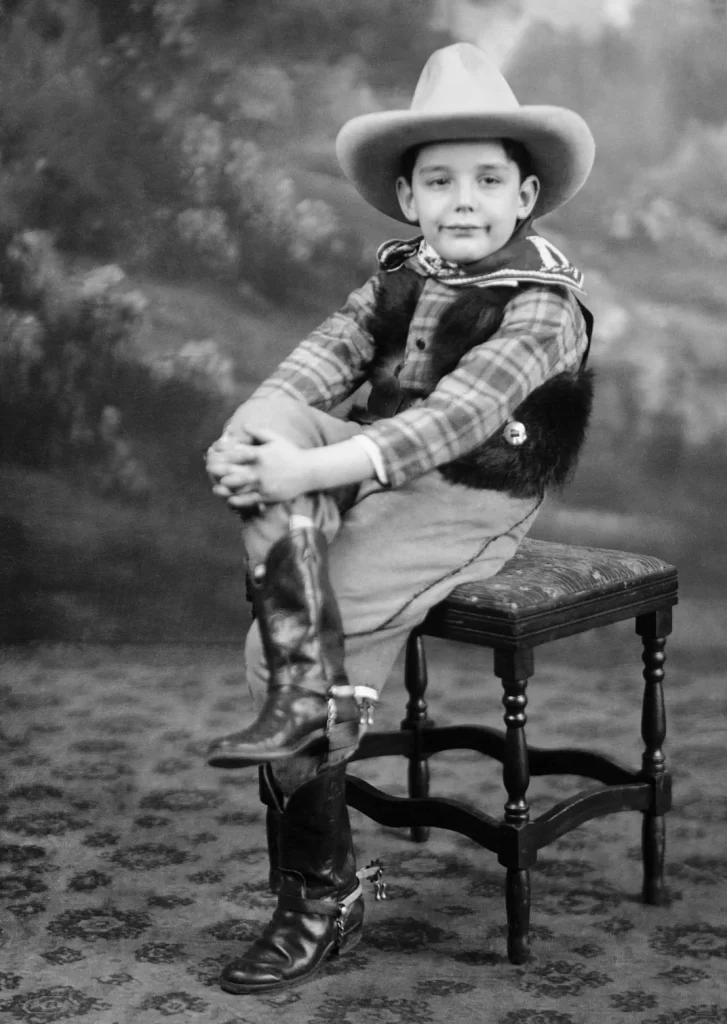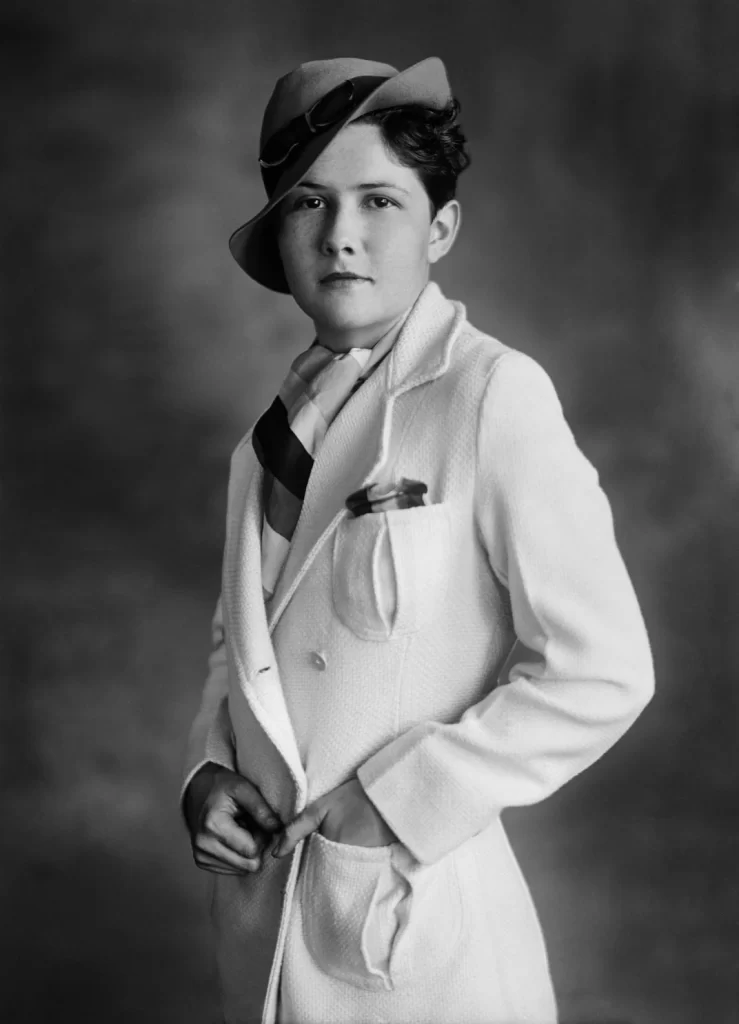Chronicling the Triumphs—and Tragedies—of Life in the Deep South
A new book and traveling exhibition highlight the work of Mississippi photographer O.N. Pruitt
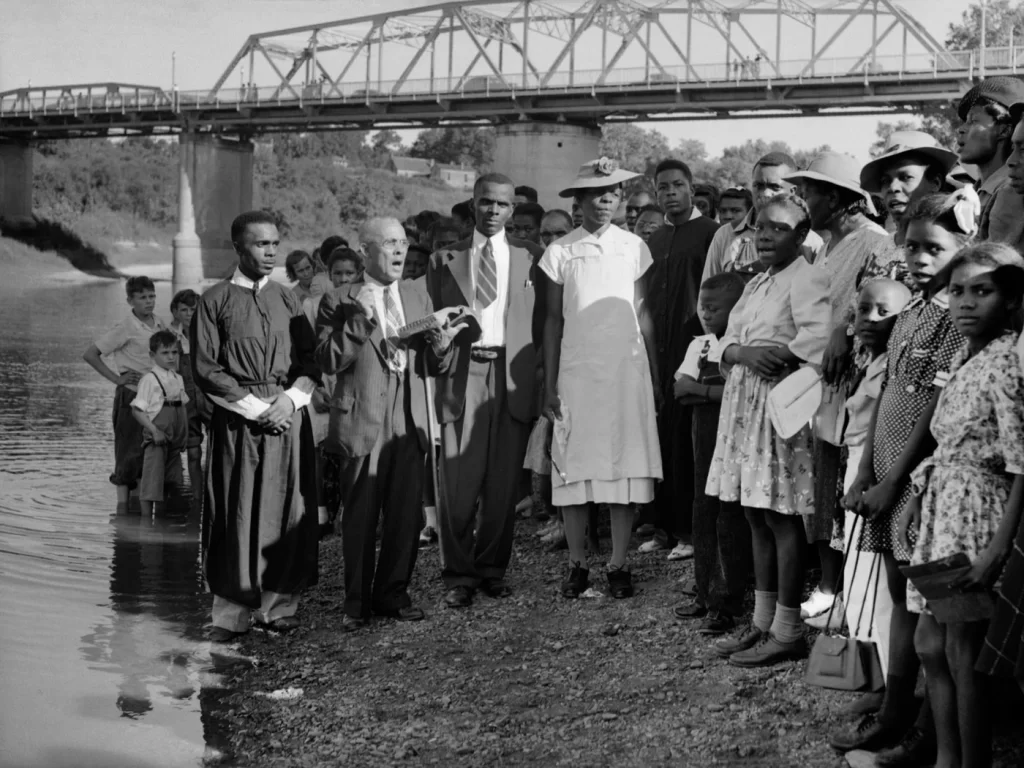
Courtesy of University of North Carolina at Chapel Hill Libraries
Berkley Hudson was a lanky 20-something in the mid-1970s when two boyhood friends led him up a set of creaky wooden stairs in their hometown of Columbus, Mississippi. The cavernous, loft-like studio belonged to photographer Calvin Shanks, who’d purchased it from his former boss and later business partner, a white man named O.N. Pruitt, the previous decade. Inside the buildingwere wooden and pasteboard boxes filled with roughly 88,000 negatives taken by Pruitt between 1916 and 1960. Emanating an eye-watering vinegar and acid stench, the negatives exposed the harsh reality of the Jim Crow South, from a Ku Klux Klan (KKK) parade to Black men hanging from gallows and tree limbs. Interspersed with these haunting images were snapshots of everyday life: weddings and funerals, Sunday suppers and baptisms, workers and families.
“We found beautiful portraits of people, both Black and white, and we sensed that this was a photobiography of our town,” says Hudson, a white former journalist who has spent much of the past 30 years preserving and studying Pruitt’s oeuvre. “So we started on a journey to uncover what that all meant to us then and what it may mean to people in the future.”
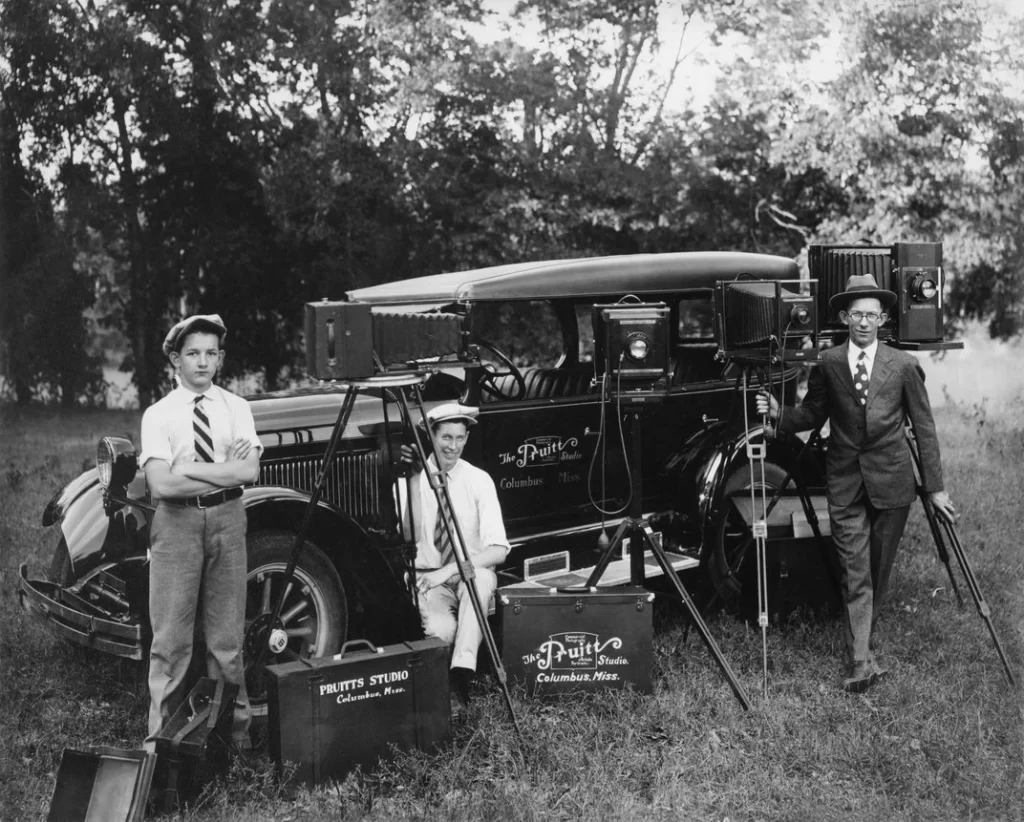
Courtesy of University of North Carolina at Chapel Hill Libraries
Fifty-five years after Pruitt’s death in 1967, his long-overlooked photos are the subject of both a new book and a traveling exhibition.Titled O. N. Pruitt’s Possum Town: Photographing Trouble and Resilience in the American South, the book—published jointly by the University of North Carolina Press and Duke University’s Center for Documentary Studies—features more than 190 images carefully curated by Hudson. As the journalist explains, the selected photos show Pruitt’s range, “including the sublime, sacred, tragic, shocking, horrific and uplifting.” The accompanying exhibition, sponsored by the National Endowment for the Humanities, debuted in Columbus earlier this month. “Another exhibit could be done on portraits that are beautiful,” says Hudson, “but this [one] provides a context that is rich and layered.”
Artist, writer and curator Deborah Willis describes Pruitt as “a photographer who made images of the everyday beauty but also the everyday brutality … that we don’t talk about.” The author of more than a dozen books on photography and Black bodies, she adds, “[Possum Town] shows the joy of Black life, even within this context of fear and death. We always see images that present Black people as only one experience, so this book is important because it shows joy and resilience, the things that help people get up in the morning.”
Pruitt was born on a farm in south central Mississippi in 1891. He moved to Columbus—then home to about 10,000 people, half of whom were Black—around 1917 and served as the town’s unofficial photographer for the rest of his life. Photos Pruitt captured lined the walls of Hudson’s family home, showcasing his grandparents’ dry cleaning store (slogan: “When clothes are dirty, dial Six-Thirty”) and his father’s Main Street service station (“Don’t cuss. Call Russ”), complete with its segregated restrooms.
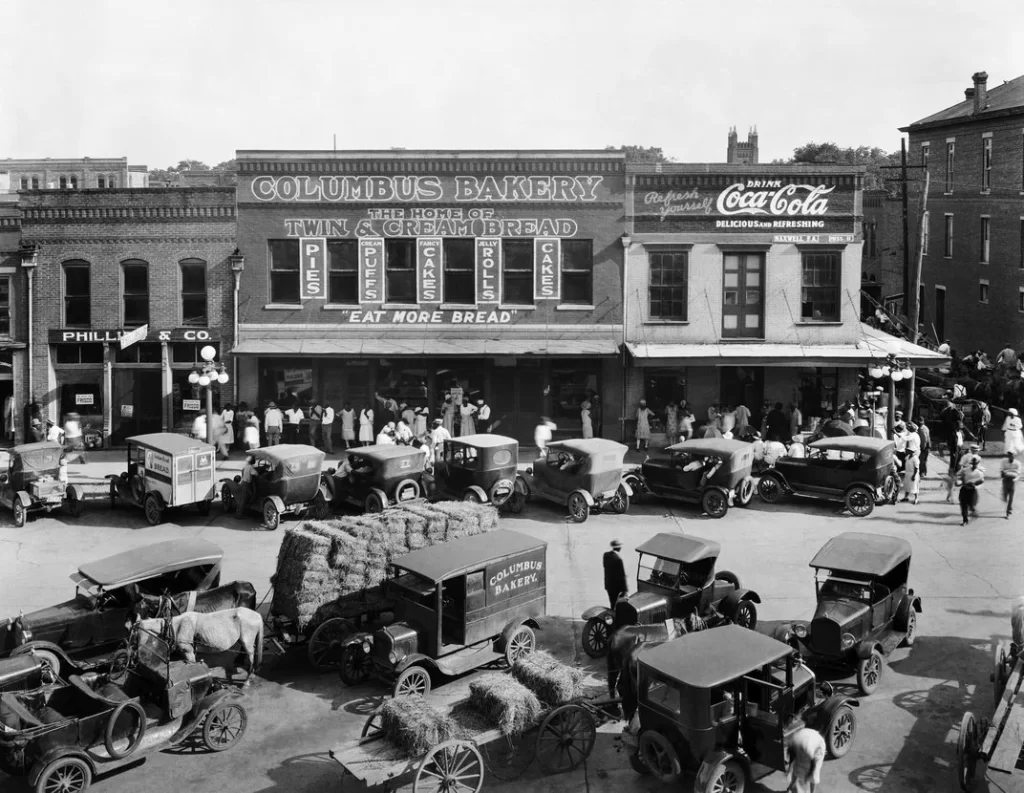
Courtesy of University of North Carolina at Chapel Hill Libraries
As a white man, Pruitt enjoyed privileges denied to Black photographers. His clients included business owners who hired him to take photos of their establishments and employees; insurance companies documenting damage from wrecks, fires and natural disasters; churches, civic groups and clubs taking formal group portraits; and law enforcement recording lynchings, executions, homicide victims and crime.
Unlike most photographers in the Jim Crow South, Pruitt photographed Black and white subjects alike, both in and outside of his studio. “Although his work often reveals a white conservative viewpoint, he supplied vital images for the Black community,” writes Hudson in Possum Town. In one set of photos taken during the 1930s, Black and white congregants cluster on the riverbank, waiting for their turn to be baptized. In another 1940 shot, locals watch as firefighters attempt to extinguish a blaze in Catfish Alley, Columbus’ Black business district.
Pruitt’s race-agnostic approach to clientele, posing Black and white sitters in the same wicker peacock chair and under the same lights, was fairly unheard of for the time, says Hudson. As long as a customer could pay his modest fee (during the Great Depression, the photographer accepted bushels of corn or a few spoonfish from the nearby Tombigbee River), Pruitt would lug out one of his large-format cameras, drape the black cloth over his head to block the glare, and assess the image that appeared on the ground glass plate. With a slow blink of the shutter, the scene was transferred to glass, volatile nitrate film or acetate.
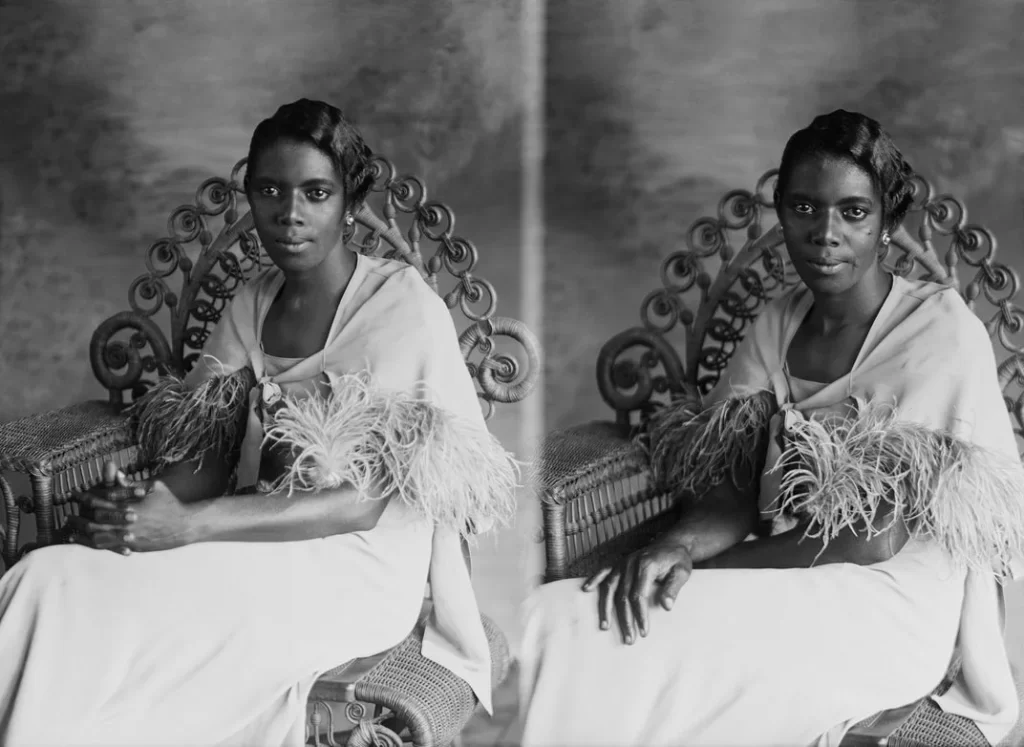
Courtesy of University of North Carolina at Chapel Hill Libraries
Shanks bought the photography studio after Pruitt retired in 1960. Though Hudson and his colleagues triedto buy the Pruitt negatives from Shanks after viewing them in the 1970s, Shanks declined, and his family later sold the collection to a local hobbyist. The men finally bought the trove of photos—88,000 Pruitt negatives and nearly 50,000 taken by Shanks—in 1987.They dedicated the next 30 years to archiving, researching and preserving the collection, which was stored in a Masonic Temple until 2005, when Hurricane Katrina blew out some of the building’s windows. A few months later, the men sold the photos to the University of North Carolina’s (UNC) Wilson Library, home of the Southern Historical Collection. Library staff are currently digitizing the images to make them accessible to the public.
“The research potential for this archive for civil rights historians, art historians and scholars of Southern history is immense,” said photographic appraiser Penelope Dixon in 2005, when she helped establish an estimated value for the collection.
Much of Pruitt’s work captures joyous events—a man hoisting up a freshly caught fish, for instance—or quotidian moments—a woman sitting on her front porch steps, a family picnic. In March 1934, the photographer took one of his most famous snapshots: a portrait of Black farmer Sylvester Harris, smiling next to a mule in front of his house. Harris, inspired by Franklin D. Roosevelt’s fireside chats, had recently traveled to Columbus, where the closest public telephone was located, to call the president. Refusing to speak to anyone but Roosevelt, he managed to get through after 90 minutes. Harris asked the president to save his property from foreclosure—a request that Roosevelt granted. As a token of his gratitude, Harris sent a Thanksgiving turkey to the Little White House in Warm Springs, Georgia, every year for the rest of Roosevelt’s life.
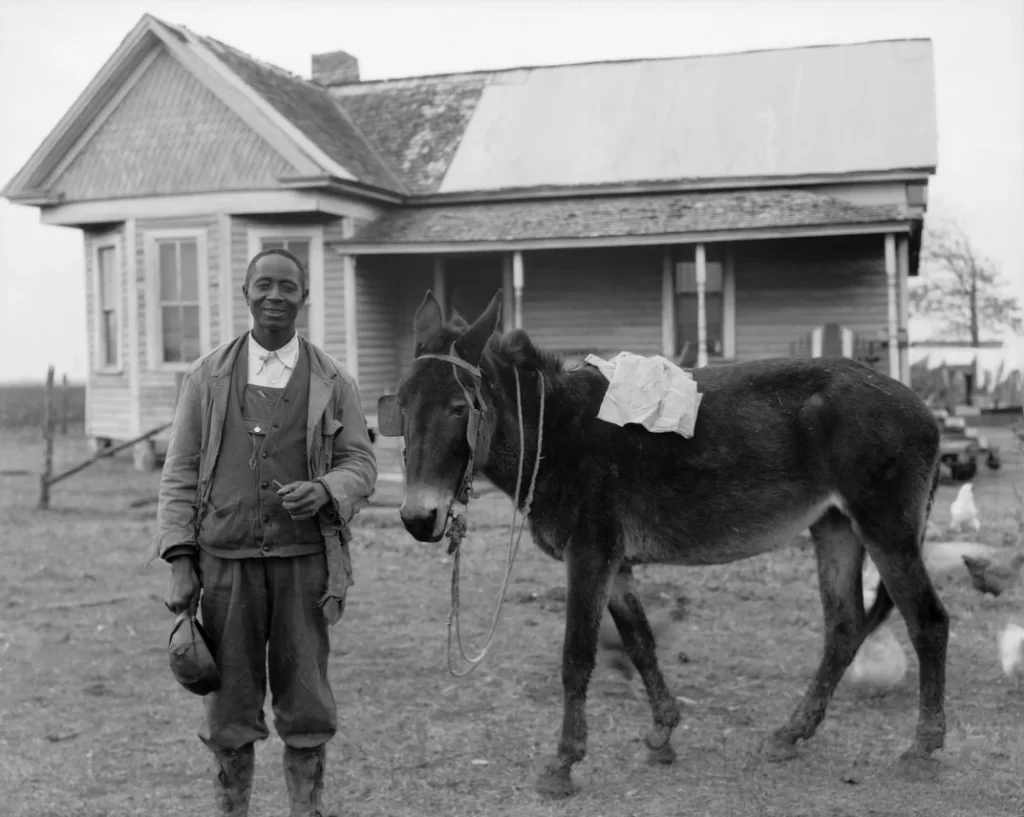
Courtesy of University of North Carolina at Chapel Hill Libraries
Harris’ heartwarming tale resonated across the country. Initially reported by the Columbus Commercial Dispatch, with Pruitt’s photo published in a follow-up article, the story was soon picked up by the New York Times, the Associated Press and other major media outlets, catapulting the farmer to national fame. As Ebony magazine reflected in 1957, “Men without jobs or meat to sustain themselves invoked his name and took courage. In the darkest hour of the worst crisis in American history, Sylvester Harris and his mule Jesse were symbols of light and hope.”
The Blues singer Memphis Minnie wrote and performed the song “Sylvester and His Mule Blues.” Crews from Fox Movietone and Paramount Studios produced newsreels of Harris that were shown in cinemas. The nation’s leading Black newspaper, the Chicago Defender, used the story to call attention to the violence and discrimination faced by African Americans in the South, running an editorial cartoon that juxtaposed Harris calling the president with a Black man running away from a white mob brandishing a hangman’s noose. The second image was captioned “If he could just reach the president by phone!”
Pruitt’s photos bear out the vitriolic racism referenced by the Defender. A street shot of a 1922 Ku Klux Klan parade through downtown Columbus, for example, shows white supremacists draped in white cloth to mask their identities. The lead rider holds an American flag, while his followers carry torches. Another set of images records the 1934 execution of James Keaton, a Black man accused of murdering a white service station owner. An all-white jury found Keaton guilty during a trial that lasted less than a week. Nineteen white men later crammed under the scaffold to be photographed with his body.
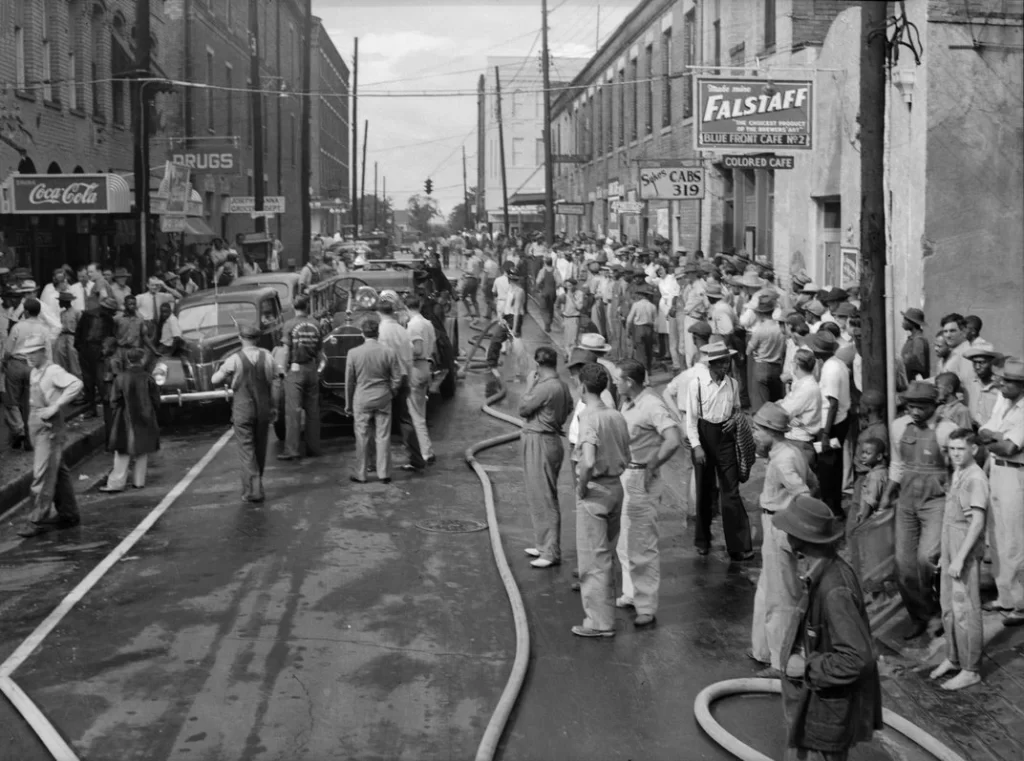
Courtesy of University of North Carolina at Chapel Hill Libraries
The year after Keaton’s execution, Pruitt received a phone call from local law enforcement calling him to the scene of a lynching. At a churchyard eight miles south of Columbus, a white mob had hanged Bert Moore and Dooley Morton, two young Black men accused of harassing a white woman, from an oak tree. Pruitt’s photograph of the scene shows a white man crouched at the corpses’ feet, gripping their pant legs to prevent swaying that might render the shot blurry. Though the United States Postal Service had banned the distribution of postcards depicting lynchings, which were often kept as souvenirs by white supremacists, in 1908, Pruitt nevertheless created a postcard of the image and “sold or discreetly [displayed it] to interested white men who came to his studio,” wrote Hudson in a 2007 article. The photo also appeared in the Defender and, 30 years later, on civil rights posters calling for voting rights for Black people in Mississippi.
“There are fraught aspects [of the collection],” Hudson says, “images of racial violence that have to be handled with great care.”
Between 1865 and 1950, lynchings claimed the lives of nearly 6,500 people across the United States, according to data compiled by the Equal Justice Initiative, an Alabama-based nonprofit dedicated to combating racial inequality. Mississippi recorded 656 lynchings between 1877 and 1950—the highest number of any state. Lowndes County, where Columbus is located, reported 20.
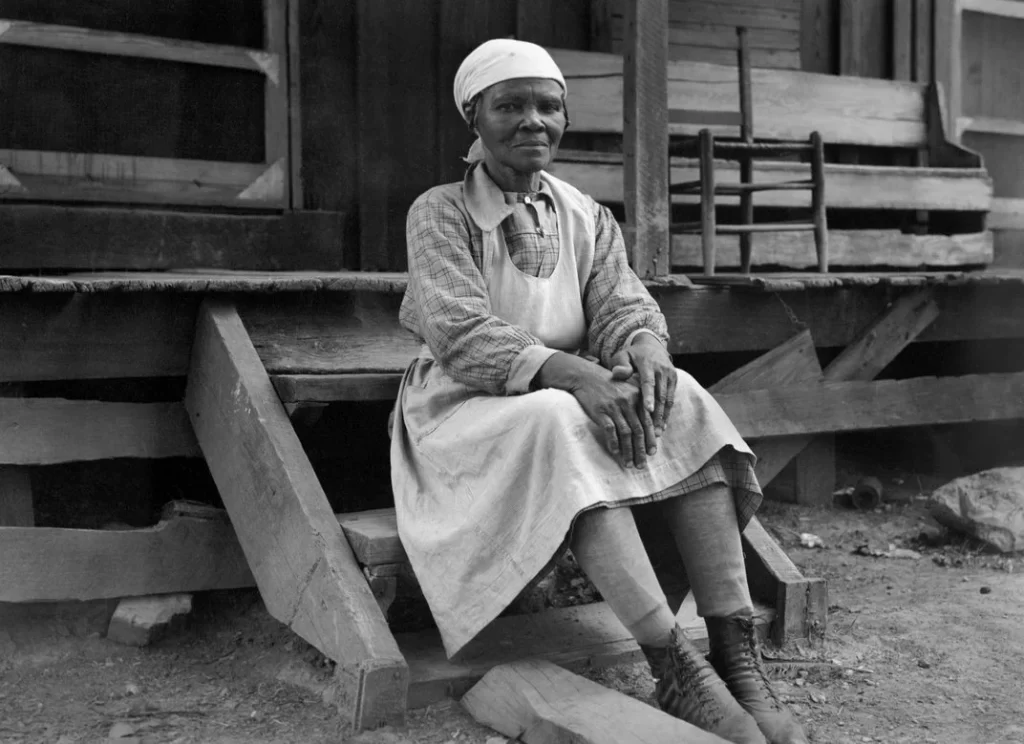
Courtesy of University of North Carolina at Chapel Hill Libraries
Local resident Janice Ellis visited the “Possum Town” exhibition after noticing a series of Pruitt photographs hanging outside of the Columbus Arts Council. “They were so beautiful,” she says, “a picture of diversity.” Inside, she and her husband found photographs of his nephew Sammy Clemmons’ old baseball team. But they’d paid little attention to the warning plaque outside a curtained-off corner of the gallery and were shocked to encounter graphic depictions of racial violence. Upset, Ellis confronted Hudson. Later that day, she called an old college friend, Methodist minister Edgar Brady. “To my surprise,” Ellis recalls, “he said, ‘Jan, it’s a part of our history. It’s an ugly part and we don’t want to look at it, but it needs to be looked at. …. If you visit the Holocaust Museum, you need to see what happened to [Europe’s Jews]. Black people and white, too, need to see this and we need to talk about it. It’s an ugly part of history, but it’s the truth.’” The conversation led Ellis to read Hudson’s book, which she says made her weep.
Growing up white in the Deep South, Hudson and his friends were largely unaware of their hometown’s violent past.“ [We] had never heard about lynchings in our town,” Hudson says. “We never knew about the KKK parade down Main Street in [19]22. … It wasn’t taught or talked about.”
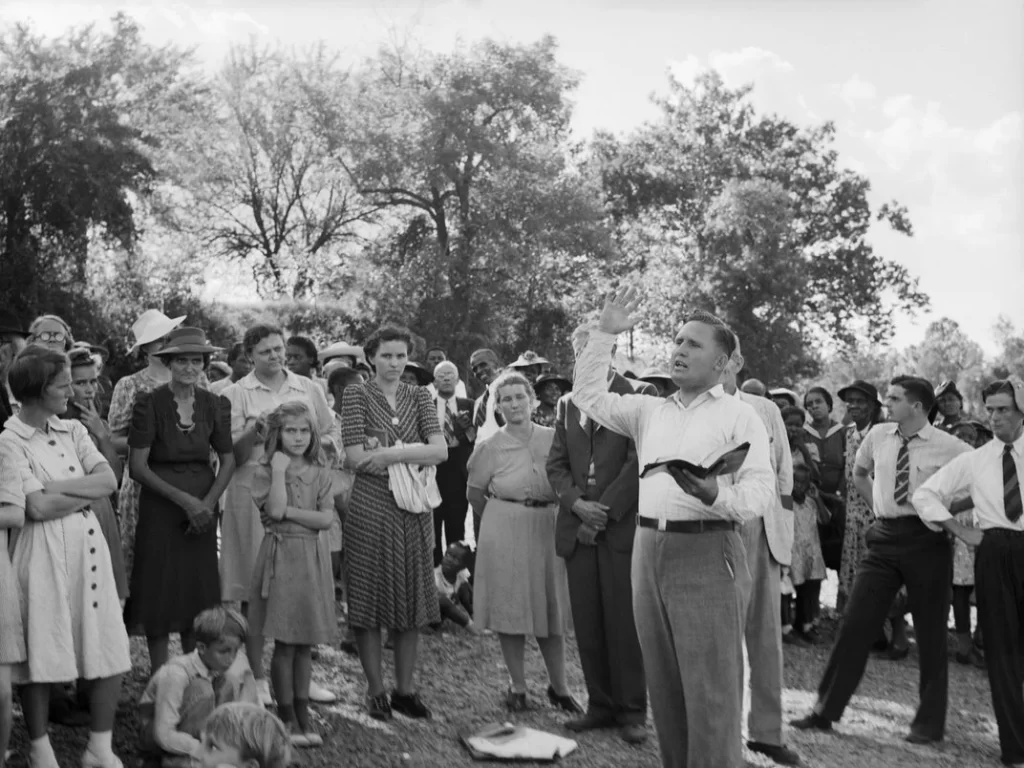
Courtesy of University of North Carolina at Chapel Hill Libraries
Over the course of his research, Hudson found no diaries and few letters by or about Pruitt. “His motivations for making certain photographs remain enigmatic,” the journalist writes in Possum Town. “What we have are his photographs. To a degree, these represent his consciousness and that of his subjects.” Based on the available information, Hudson posits that the photographer “fluctuated between liberal and conservative viewpoints.” (As the 2007 article points out, “The photograph of the lynching certainly served the purposes of white [supremacists], even though years later the image was used to foster support for … voting rights for African Americans in Mississippi.”)
For Hudson, the collection raises as many questions as it answers.
“I’ve always been trying to figure out this place and the time that I lived there,” he says. “These images had stories we’d never heard about our town, both sublime and tragic, and they needed to be saved. So that was our goal, to save them, research them, exhibit them and publish them. It just took us longer than we expected.”
Editor’s Note, March 1, 2022: This article previously stated that the Wilson Library was home to the Center for the Study of the American South. The Wilson Library houses the Southern Historical Collection.

